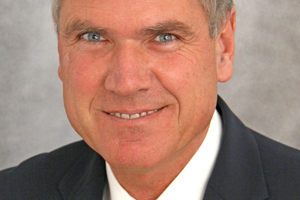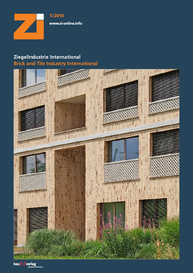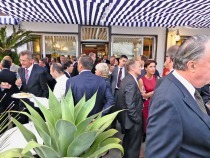European ceramics industry defies terror alarm in Brussels
With the second-highest terrorist alert being called in Brussels in early December, it was surprising, but at the same time gratifying that over 120 attendees came to the 16th European Parliament Ceramics Forum. For safety reasons, the event did not take place in the European Parliament. Instead, the attendees had to squeeze into a conference room in the cellar of a nearby hotel. Despite these obstacles, never had so many Members of the European Parliament, representatives of the Commission and the Permanent Representations of National states in Brussels attended the event. This is a great success story when you consider the beginnings of the event when we sat together with just one or two MEPs, one representative of the Commission and rarely more than a dozen participants.
The political agenda, too, has become much wider. This year the topic was: How can we prevent the European industry being disadvantaged in international competition, but ensure a “level playing field”? In the first part of the event, the focus was on trade regulations, which are especially important for the porcelain, tile and ceramic sanitaryware industries. The aim is to prevent a change in the WTO regulations that would allow China to supply goods to Europe almost without any restrictions. That should be possible when this country adheres to the rules of fair competition and state influence is pared back.
Much more significant for the heavy clay industry was the second item on the agenda concerning emission trading. The representatives of the Commission, the European Parliament and the member states want to make sure that it still makes sense to invest, for example, in the brick and tile industry in Europe and a migration of the industry to non-EU countries does not ensue. Wienerberger CEO Dr. Heimo Scheuch, however, fears that if the number of certificates allocated free to the clay brick and tile industry is so low in future and the acquisition of significant additional certificates becomes necessary, the shutdown of brickworks within the EU will become inevitable and newbuilds will almost only be in Eastern Europe and Northern Africa.
It remains to hope that all stakeholders have been made aware of the serious situation in some parts of the ceramics industry and that they are mindful of this when formulating a policy to secure ceramics a place in Europe in the future.
RA Martin Roth
Federal Association of the German Brick and Tile Industry Regd







